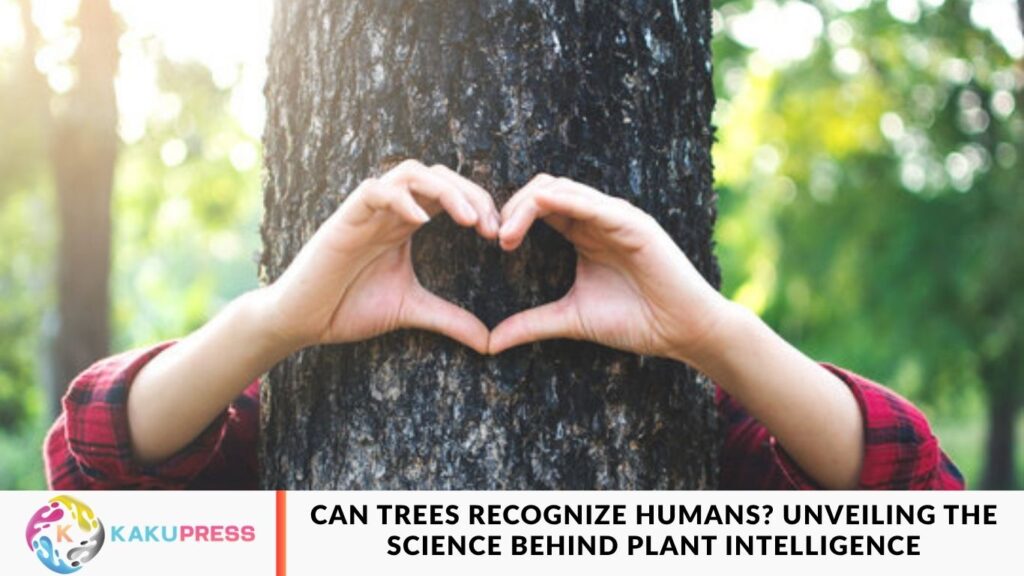For centuries, humans have considered trees and plants as silent, passive beings—rooted to the ground and seemingly disconnected from their environment. Recent scientific research, however, challenges this view, suggesting that trees may possess a form of intelligence that allows them to sense and respond to their surroundings—including the presence of humans.
Understanding Plant Intelligence
Plant intelligence isn’t about conscious thought like in animals. Instead, it refers to complex behaviors and communication systems that help plants survive and adapt. Trees can detect light, gravity, and moisture, and respond to threats such as insect attacks or drought.
More fascinatingly, trees communicate with each other through underground networks of fungi, often called the “wood wide web.” Through these subterranean highways, trees share nutrients, send warning signals, and even support weaker neighbors, revealing a sophisticated level of interaction.
Can Trees Recognize Individual Humans?
While trees don’t have brains or traditional senses, studies suggest that plants can distinguish between different environmental stimuli, including human presence. Research shows that some plants react differently when touched by familiar versus unfamiliar people, altering growth patterns, chemical production, or electrical signaling.
Trees also respond to sound vibrations, including those generated by humans. Experiments show that exposure to certain sounds—such as voices or music—can influence plant growth and chemistry. This sensitivity indicates that trees might even recognize individuals who regularly interact with them.
Read also: How Gut Microbes Influence Your Mood, Mindset, and Mental Health
The Science Behind Tree Awareness
Though it may sound like folklore, growing evidence points to a form of plant awareness rooted in chemical signals, electrical impulses, and environmental responsiveness. Trees don’t “think” like humans, but they can adapt, remember, and respond to repeated stimuli in remarkable ways.
Connecting with Trees in Daily Life
Recognizing plant intelligence reshapes our relationship with nature. It encourages us to see trees as active participants in ecosystems, capable of subtle interactions and memory-like behaviors. Next time you walk through a forest or care for a garden, consider that the trees around you might be quietly “knowing” you—offering a silent connection in the intricate web of life.
Frequently Asked Questions
Can trees really recognize humans?
Studies suggest that trees can respond differently to familiar versus unfamiliar humans, indicating a form of environmental awareness.
What is plant intelligence?
Plant intelligence refers to the complex behaviors and communication systems that enable plants to sense, adapt, and survive in their environments.
How do trees communicate with each other?
Trees use underground fungal networks, called the “wood wide web,” to share nutrients, send distress signals, and support neighboring plants.
Do trees have brains like humans?
No, trees don’t have brains or sensory organs, but they can detect environmental changes and respond through chemical signals and electrical impulses.
How do trees respond to human presence?
Trees can alter growth patterns, chemical production, and electrical signaling when exposed to repeated human interaction.
Can sound affect tree behavior?
Yes, experiments show that trees respond to vibrations, including those from human voices and music, which can influence growth and chemical activity.
Is tree recognition considered conscious thought?
No, trees do not think consciously like humans, but their responses demonstrate awareness and memory-like behaviors.
Conclusion
The science of plant intelligence reveals that trees are far from passive organisms. Through chemical signals, electrical impulses, and underground networks, they can sense, respond, and even recognize individual humans in subtle ways. Understanding this connection reshapes our relationship with nature, inviting us to see trees as aware participants in ecosystems, quietly interacting and forming bonds within the intricate web of life.

